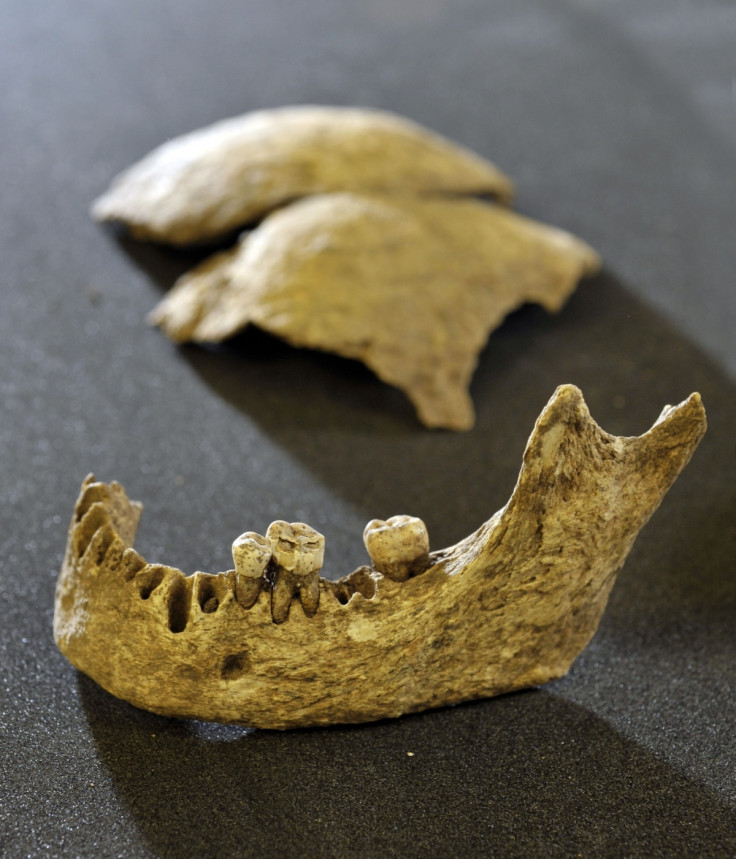Skeleton of 'Irish Viking King' Olaf Guthfrithsson Found in Scotland

A skeleton found on an archaeological dig in Scotland could be the remains of Olaf Guthfrithsson, a 10<sup>th-century Irish Viking king.
The bones, together with a belt similar to those worn by members of the Viking nobility in Ireland during that era, were excavated by the AOC Archaeology Group at Auldhame near North Berwick in 2005.
Olaf Guthfrithsson was the King of Dublin and Northumbria from 934 to 941. Ruthless, warlike and ambitious, he married the daughter of King Constantine II of Scotland.
In 937 he defeated his Norse rivals in Limerick, and relentlessly pursued his claim to the throne of York, forcing England's King Edmund to hand over Northumbia as well as the kingdom of Mercia, a large area that stretched well into the modern-day English Midlands.

Shortly before his death in 941, King Olaf sacked Auldhame and nearby Tyninghame, part of a complex of East Lothian churches. The closeness of the burial to the site of the battle along with the items found with the body, and the age of the skeleton, has led archaeologists and historians to believe that it may be that of the young Irish king.
The hypothesis — which will be published next year by the Society of Antiquaries of Scotland — was revealed by Fiona Hyslop, Scotland's Cabinet Secretary for Culture and External Affairs, when she visited the Neolithic monument at Newgrange in Co Meath, Ireland.
"This is a fascinating discovery and it's tantalising that there has been the suggestion that this might be the body of a 10th century Irish Viking king," Hyslop told the Irish Independent.
"Scotland and Ireland's archaeological communities enjoy a close working partnership, and this find and subsequent research is of particular interest to both, further emphasising the myriad ways in which the two countries' histories are entwined."
A seminar will take place at Edinburgh Castle on 30 October 2014 to look at archaeological collaboration between Scotland, Northern Ireland and the Republic of Ireland.
However, some historians say the evidence is cirmcumstantial. Dr Alex Woolf, senior lecturer in the School of History at the University of St Andrews, and a historical consultant on the project told Heritage Daily: "Whilst there is no way to prove the identity of the young man buried at Auldhame, the date of the burial and the equipment make it very likely that this death was connected with Olaf's attack on the locale.
"Since we have a single furnished burial in what was probably perceived as St Balthere's original foundation there is a strong likelihood that the king's followers hoped that by burying him in the saint's cemetery he might have benefited from some sort of post-mortem penance."
© Copyright IBTimes 2025. All rights reserved.





















